We visited a local living history museum recently. It was a gorgeous fall day, and we were able to attend with another family, doubling the fun. Focused as it was on the people and culture of the Appalachian region, there was a fair mix of the eclectic, the intriguing, and the ingenious.
It was our first time visiting. So much of it felt familiar to me that it was almost funny to find it under glass in a display. A yoke identical to the one my Uncle H.T. used hung on a wall; one of my relatives is featured in the Hall of Fame.
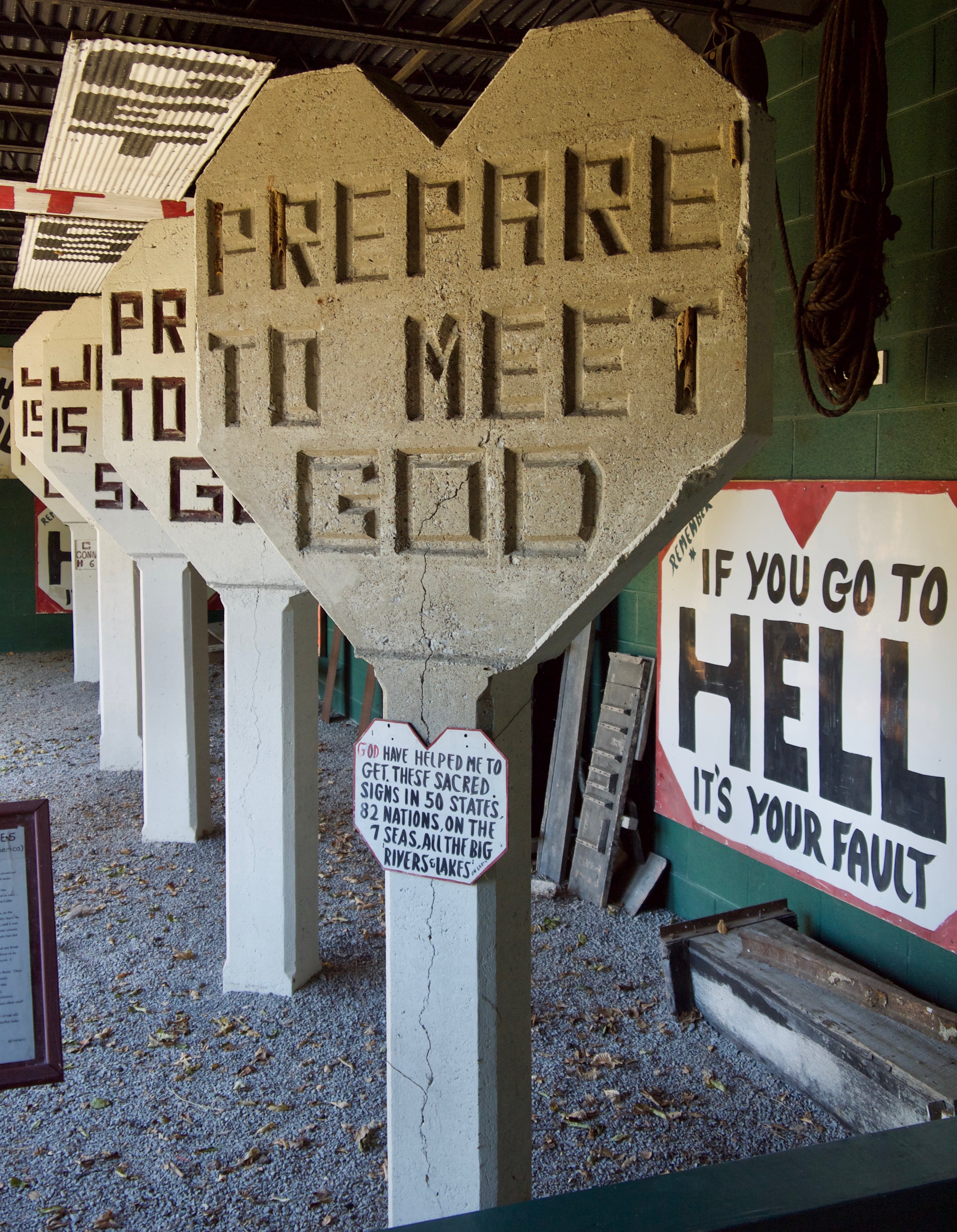
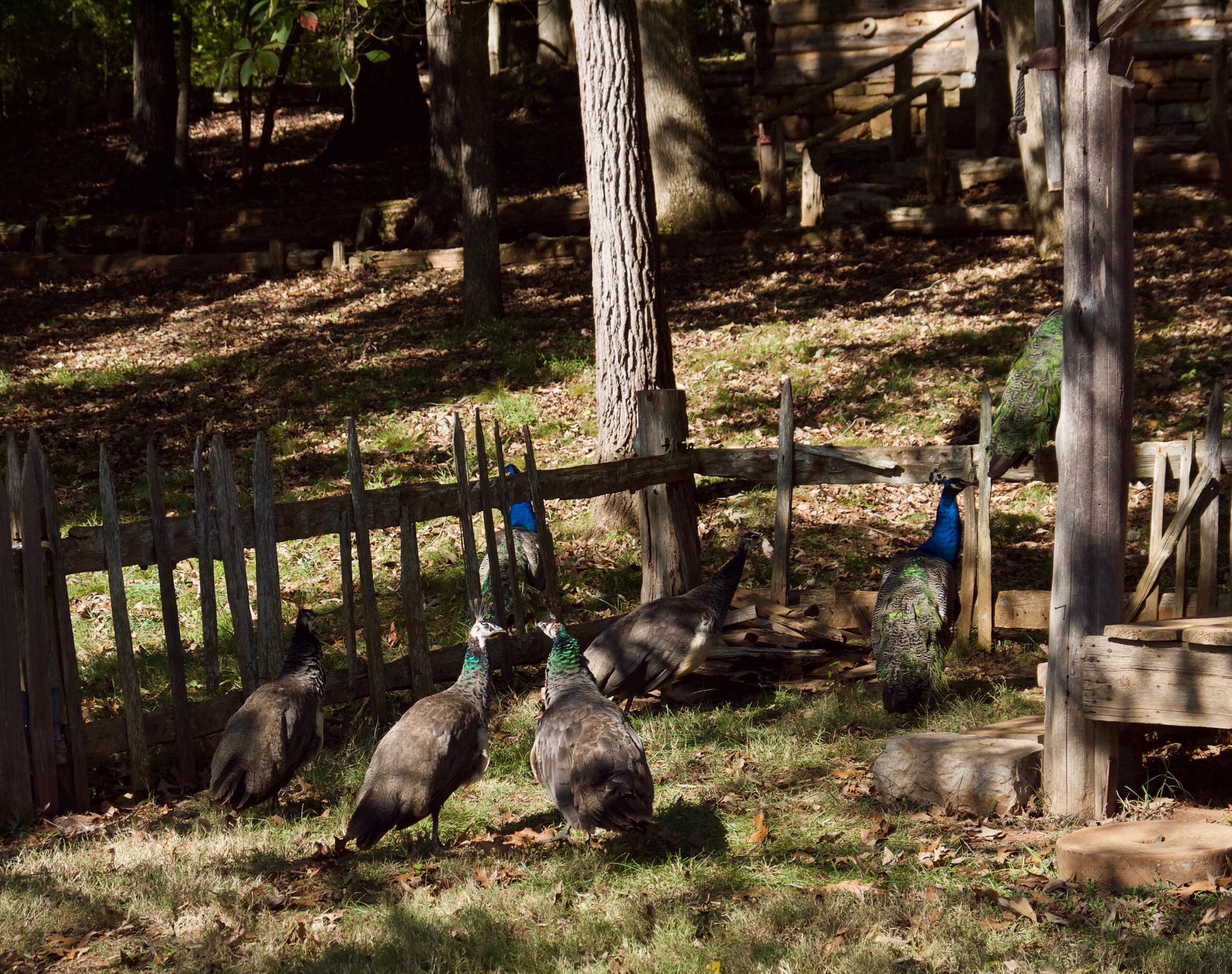
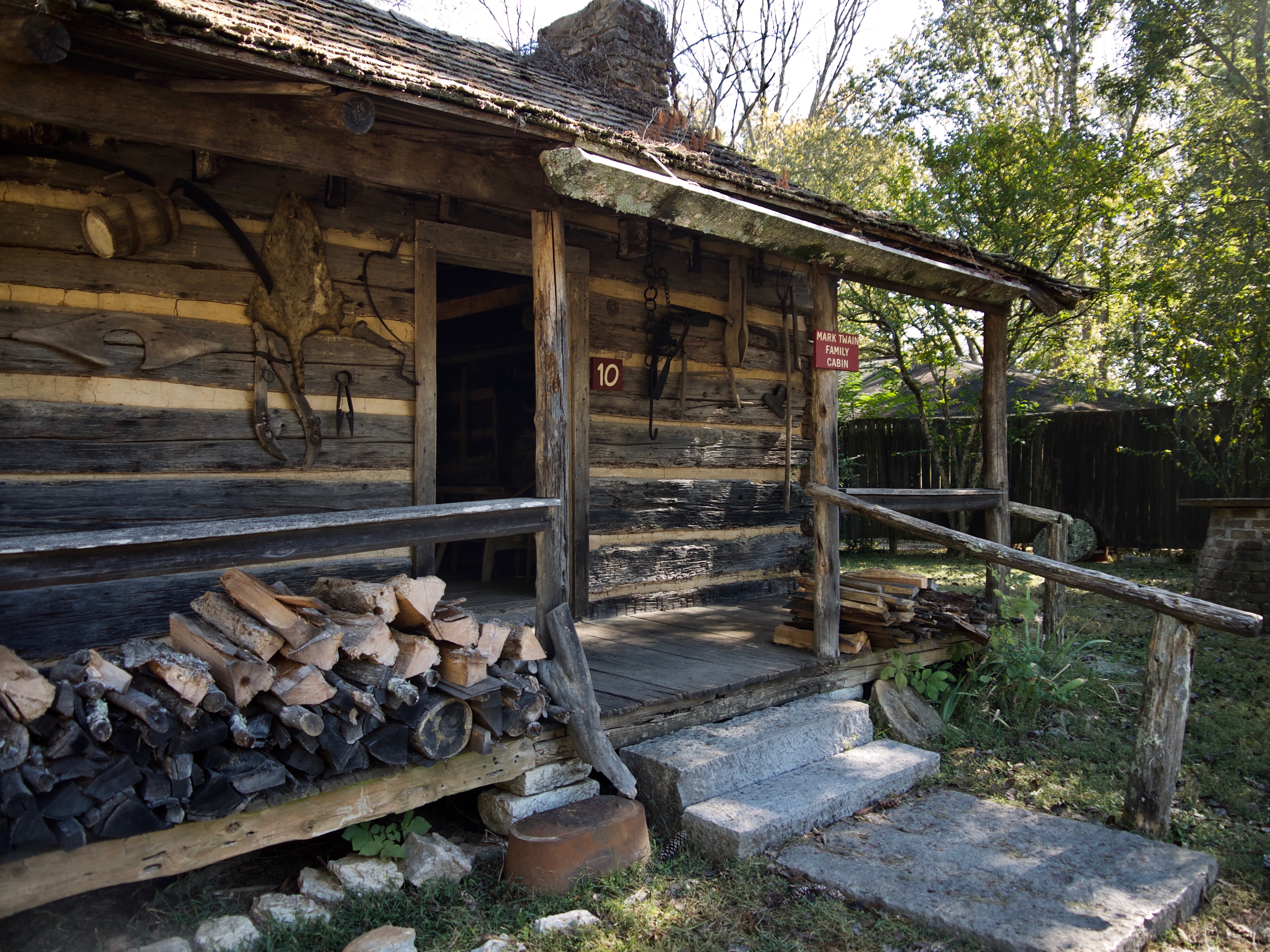
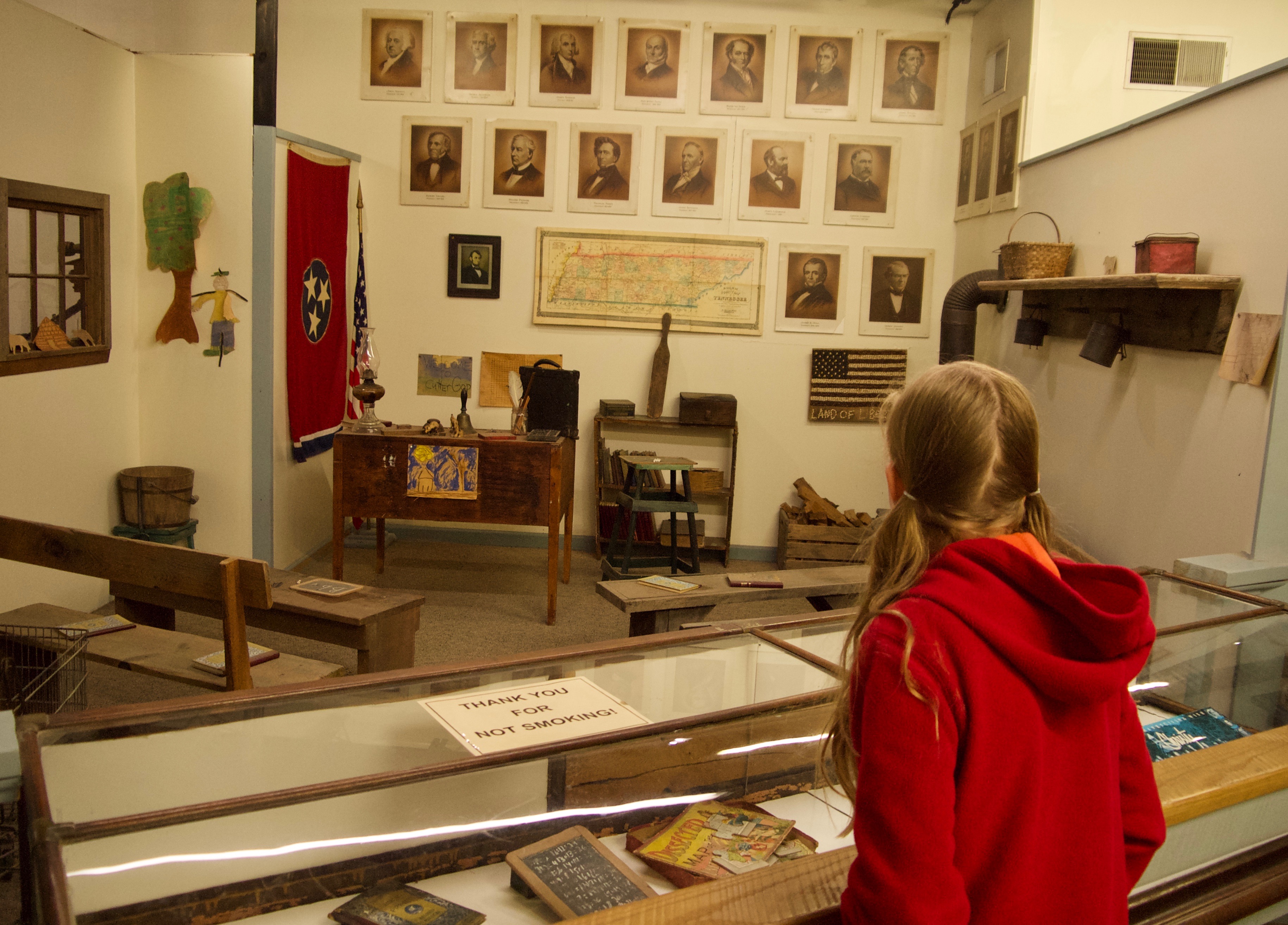
Still, something niggled at me all day: this way of life, so often pointed to as “simpler” than the one in which we live, was anything but.
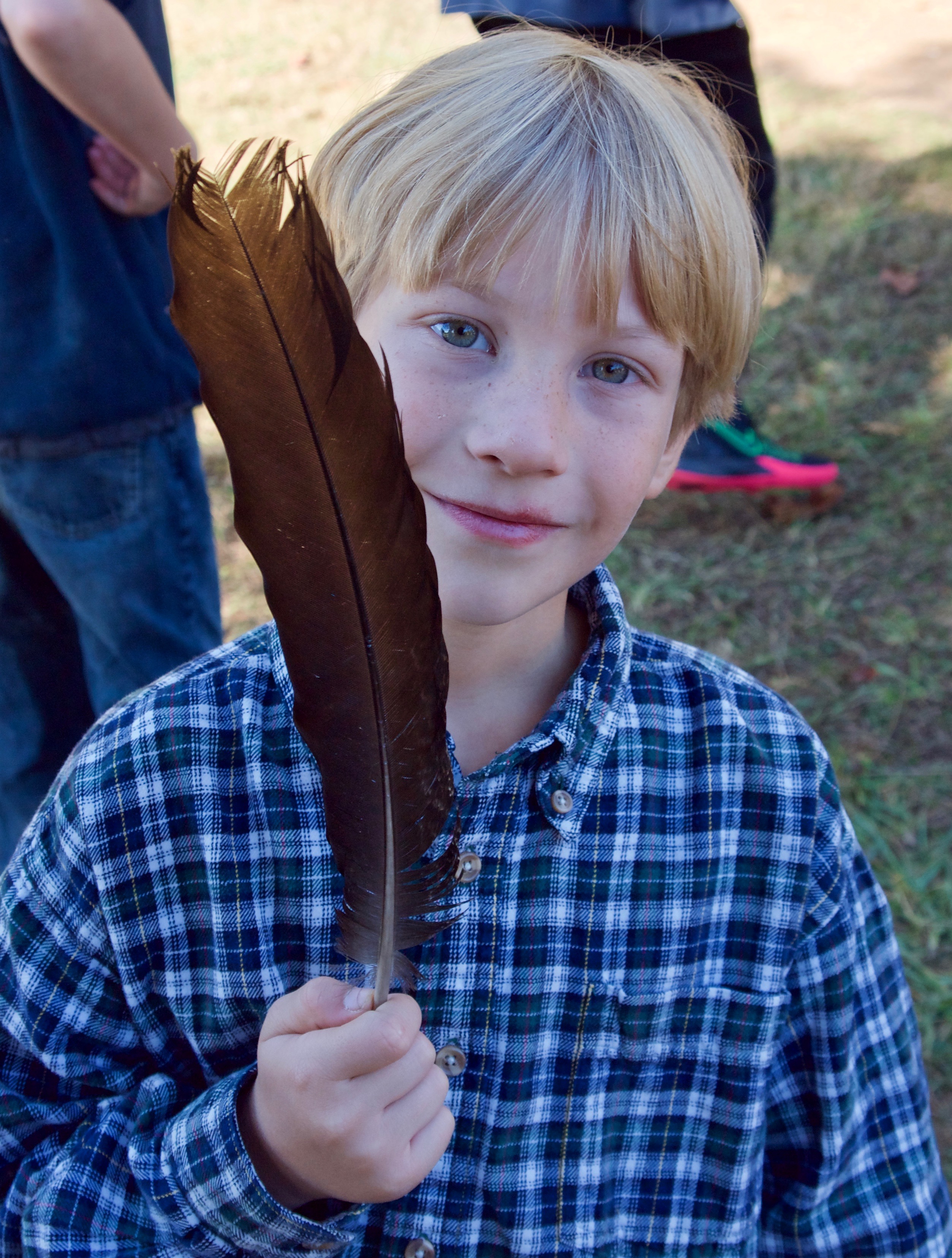
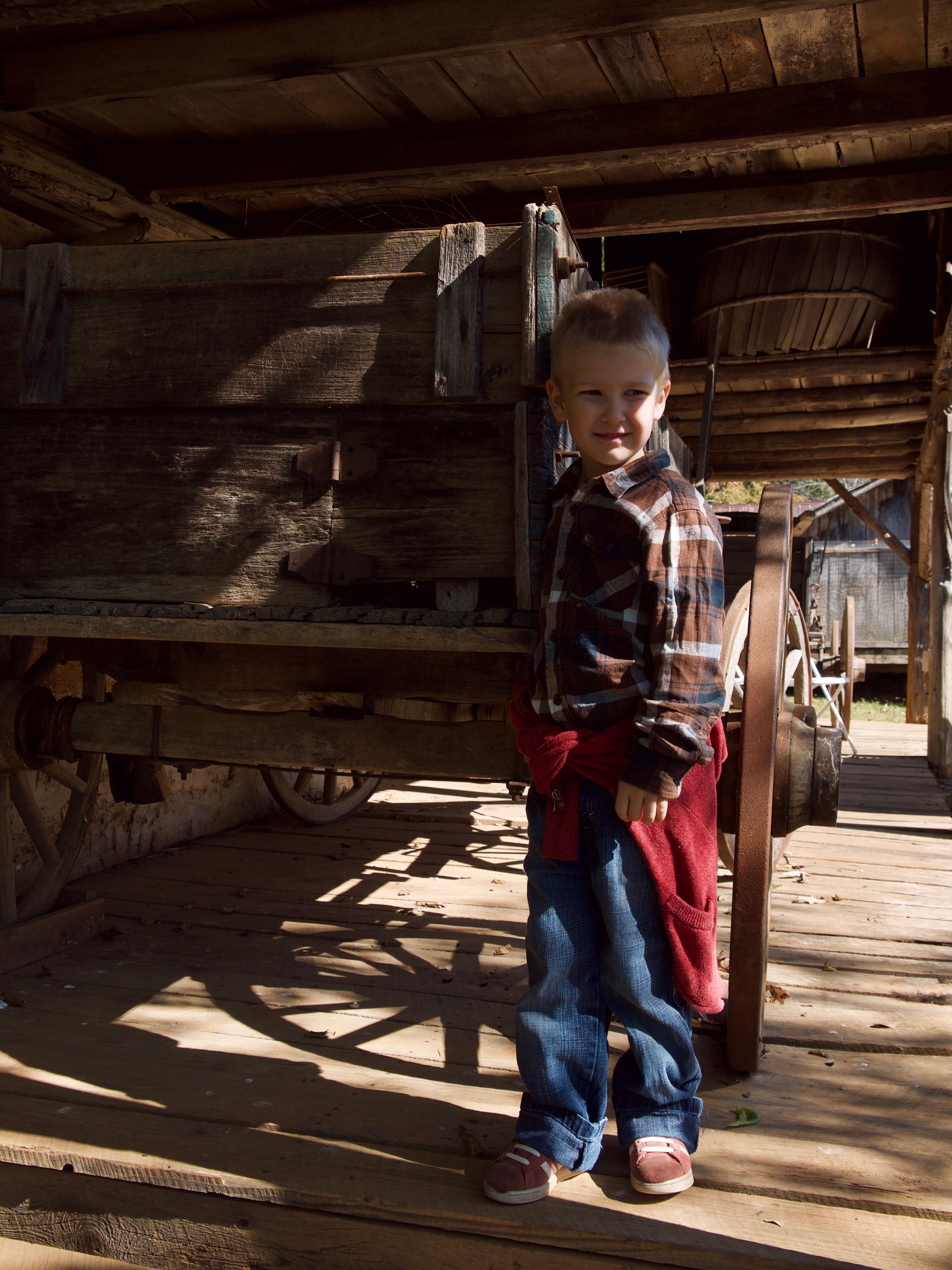
Homeschoolers often romanticize the idea of a “quieter” life, one with less technology, less distraction. The movement isn’t as strong now as it was a ten or fifteen years ago, a small but strong current of simplicity flows through our community. We are individualists by nature, do-it-yourselfers who have turned our backs on one of society’s key norms. If they were wrong about this, we wonder, what else were they wrong about? We reject the idea that bigger is better, that faster always wins, and that any improvement is a good one.
So we look backwards, to a time beyond our reach, and we dream about what life would be life without all the trappings of our days. We read Little House on the Prairie (affiliate link), and we picture Caroline, who never worked a VBS week, and never had the pressure of Pinterest dictating whether or not Laura’s rainbow unicorn-themed birthday party was a hit or a miss. We imagine what it would be like to have children delighted by inflating a pig’s bladder and using it as one of their few toys. We wax poetic on the beauty of rocking our babies in the dark in a snug little cabin our husband built with his own hands. We dream of cooking simple meals, of gathering for a Christmas morning devoid of commercialism, and of teaching our children to sew by the light of candles we hand-dipped from the wax of our own hive.
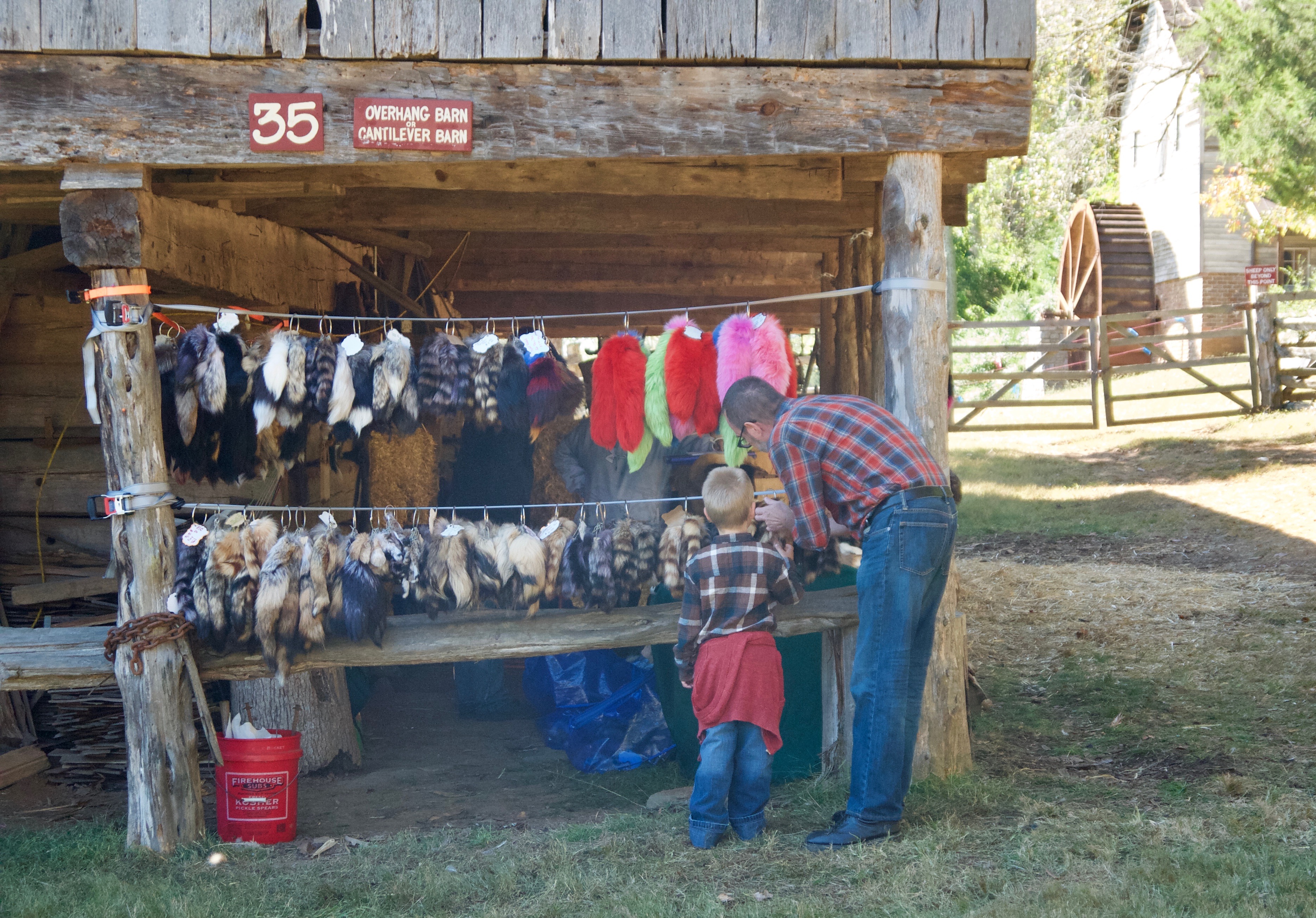
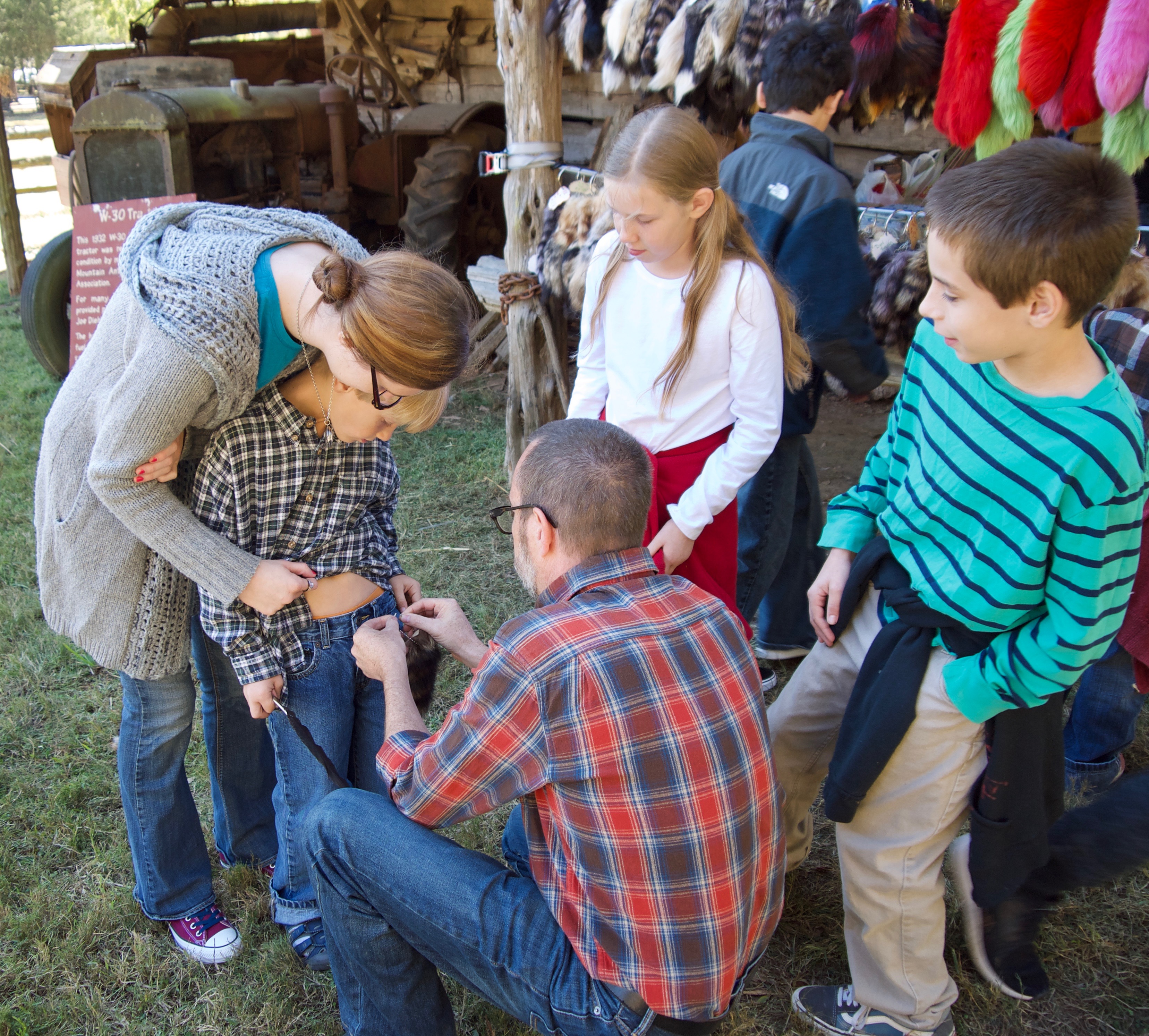
We paint this sweet life in our minds, and we forget. We forget the realities of the lives the generations before us lived.
We have no idea what it is to be cold, sheltered only by whatever dwelling your husband and older sons can manage to erect. As I walked through the cabins and homes in the living history museum, it occurred to me that these restored homes were the exception rather than the rule. The fact is, most of those old homesteads barely stood against the elements, relying on constant chinking, pest removal, and roof repair to maintain a level of shelter most of us wouldn’t willingly endure for more than a few nights. The reason it’s so novel to tour these rustic places is because all but a few restored examples simply collapsed back into the earth once they were no longer inhabited. The people who lived in these homes weren’t thinking of how to decorate their spaces in the newest minimalist style, or congratulating themselves on their weathered barn wood walls… instead, they were working frantically to stuff the holes in the floorboards with whatever was on hand to keep as much of the weather out as they could.
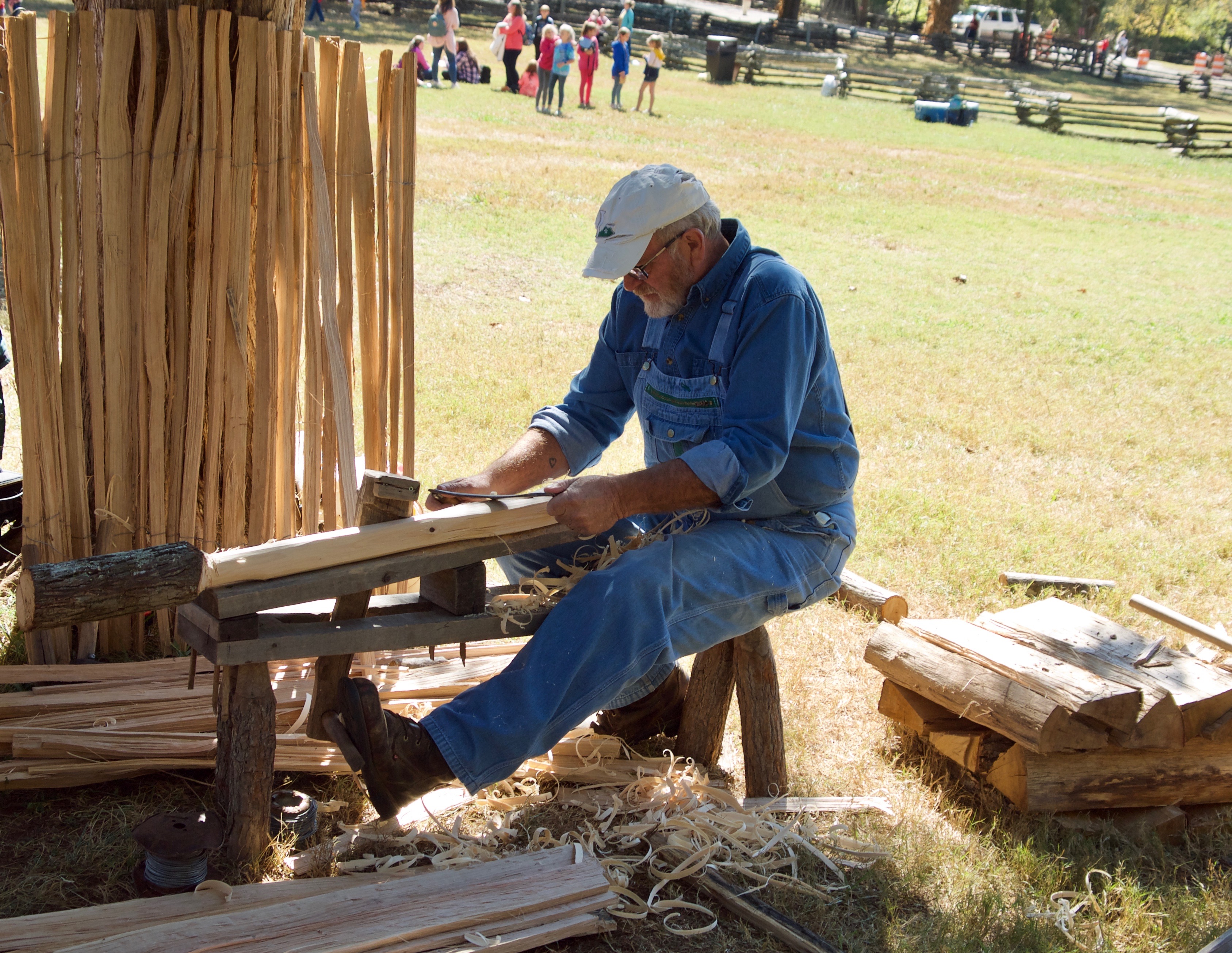
We have no idea what it is to hold the love we have for our children in a precarious, tenuous space in our hearts. Infant mortality in those “simpler” times was heartbreakingly high, and the odds of burying one of your children before adulthood were nearly inescapable. The dangers present on a rustic homestead are far more deadly than a few rusty nails finding bare feet or a soft limb not holding the weight of a child who has decided to rest up in a tree— although we all know those things will claim the life of a child just as easily as an errant axe swing or a stumble into an open cooking fire.
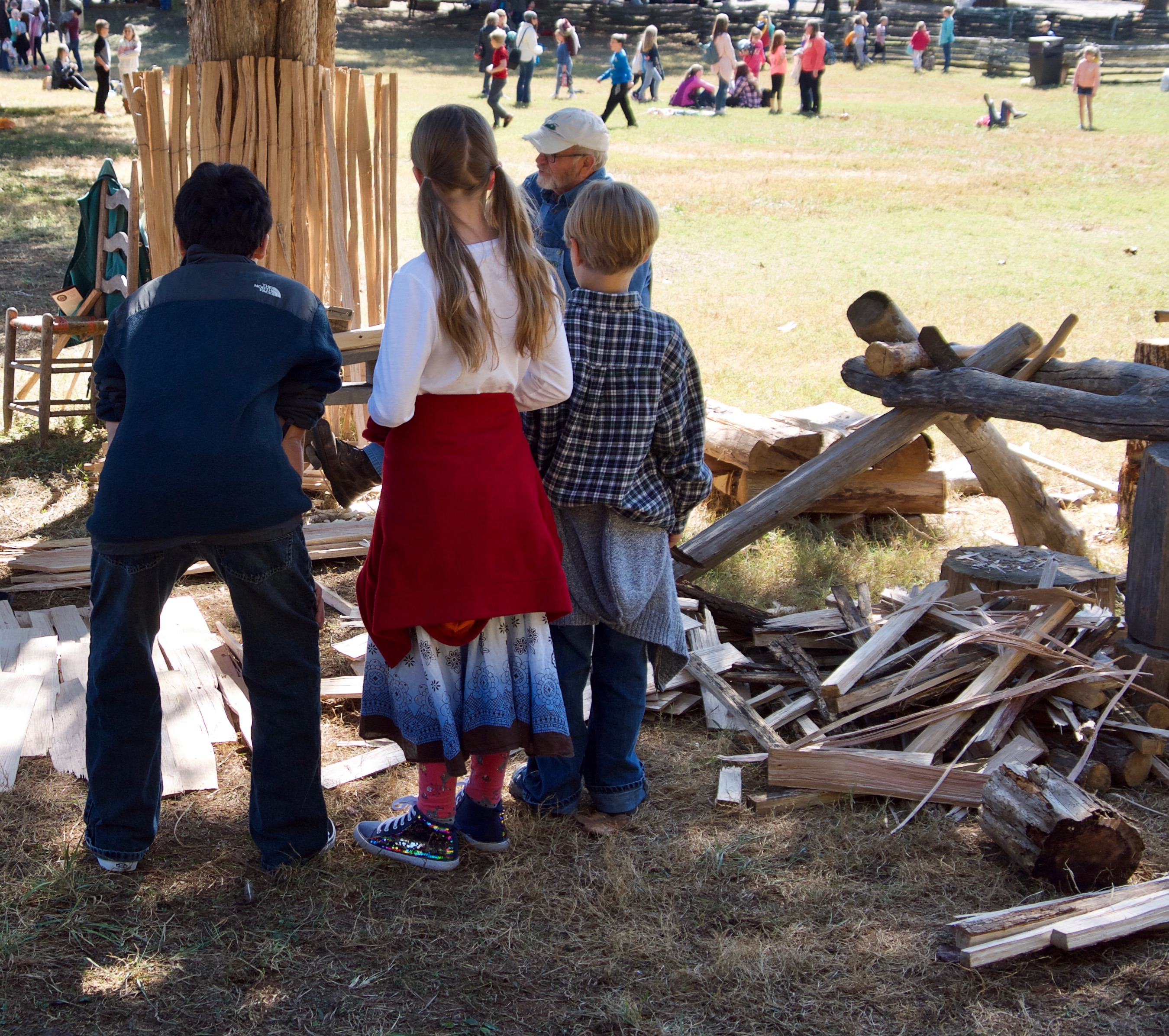
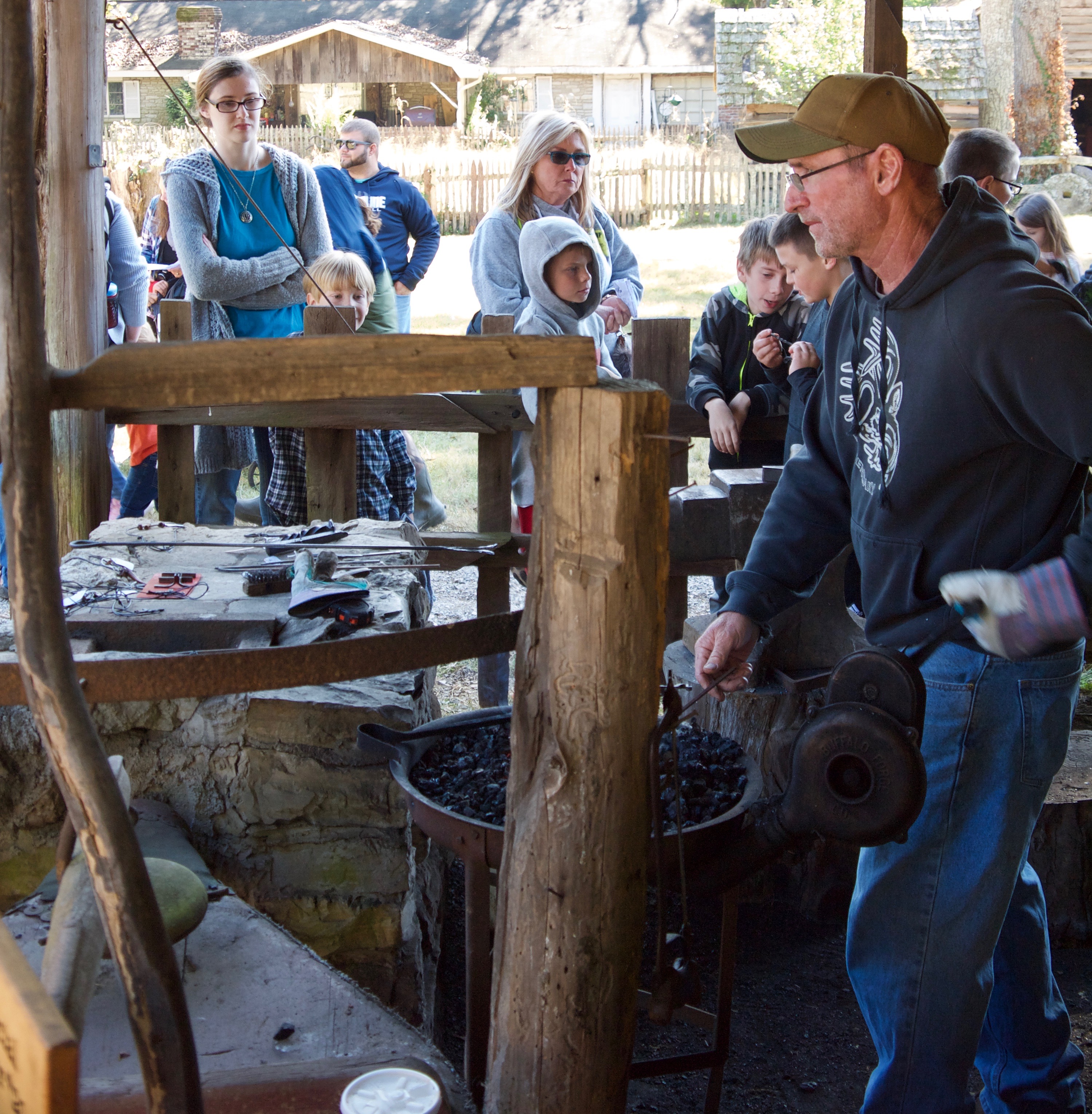
We have no idea what it is to work, from sun up to sun down, to find food, to prepare it, to clean it up. To make every tool, to sew every dress, to chop every log. To worry that your 8 year-old son is too frail to survive the fever that came upon him in the night. To see rain beginning to fall and fear that it will be the forerunner of a torrent that will wash away your livelihood. But we want it, anyhow. Somehow, we think, that this time was simpler. Easier. More pure.
In doing so, we cheapen the very high price paid by generations of Americans to merely live. We deny their struggle, their loss, and their pain, and dismiss their strength, their grit, and their perseverance.
There were relatable elements of the simplicity we crave in the lives of those who lived before television. There was something sweet and home-centered in the lives of those whose days weren’t ordered around sporting events and music lessons and scrolling Facebook. There are good things there, from that time. Things we can emulate in our own homes and hearts, things we can, and should, return to in our families. Looking people in the eye and truly seeing them. Not rushing after the newest trend. Consuming less and enjoying more.
I enjoyed touring the living history museum. But I admit that I’m happy it’s history. I’m under no illusion that I’d be better off milking a cow, churning butter, and trying to keep a new toddler from falling into an open well. But it’s fun to marvel at the hand sewn dolls, watch craftsmen plane roof shakes, and peek in on a mountain classroom. But it was also nice to drive home in our van, unload the dryer, and take a hot shower.
Thank you for putting into such beautiful words and pictures what I’ve often felt. I remember when we were homeschooling and our curriculum asked a question something like, “Wouldn’t it have been better to live ‘back then’?” My boys and I thought about the lack of pollution “back then” (seems to me that’s what the lesson was focusing on) but also thought about the fact that my grandfather died from something that could have been prevented by antibiotics, how long travel took (as it is, we would spend five days driving to my parents’ home), how we can print copies “right now” of our New Testament translation instead of using a typewriter and carbon paper to produce five or six hopefully legible and hopefully no new mistakes introduced copies. The list goes on and on.
Like you said, “There are good things there, from that time. Things we can emulate in our own homes and hearts, things we can, and should, return to in our families. Looking people in the eye and truly seeing them. Not rushing after the newest trend. Consuming less and enjoying more.
‘I enjoyed touring the living history museum. But I admit that I’m happy it’s history. I’m under no illusion that I’d be better off milking a cow, churning butter, and trying to keep a new toddler from falling into an open well. But it’s fun to marvel at the hand sewn dolls, watch craftsmen plane roof shakes, and peek in on a mountain classroom. But it was also nice to drive home in our van, unload the dryer, and take a hot shower.”